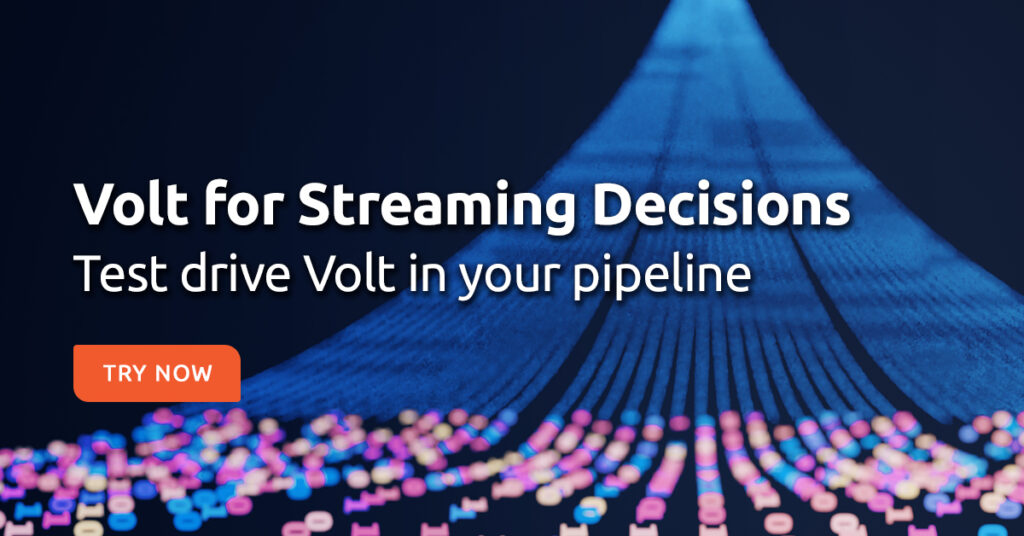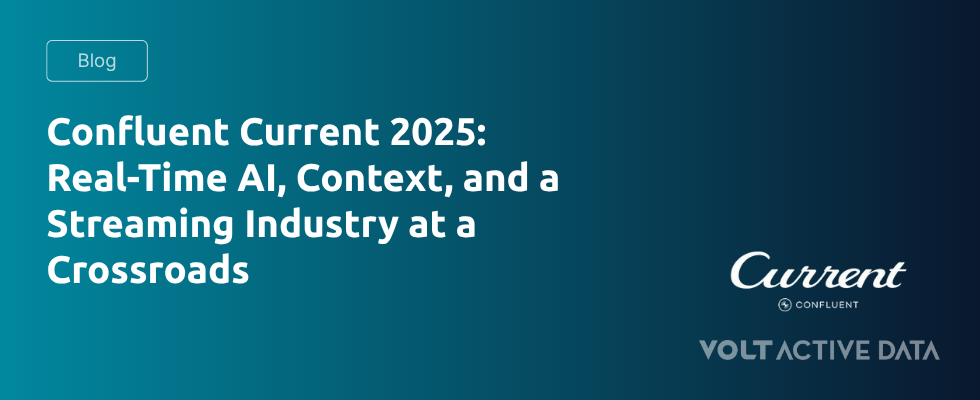Key Takeaways
- Edge Computing is Mainstream: Businesses are prioritizing local data processing to reduce cloud costs and latency.
- Value in the Data: The focus is shifting from simply collecting data to maximizing the value derived from it.
- Bridging the OT/IT Data Gap: Unifying Operational Technology (OT) and Information Technology (IT) data flows is becoming a priority.
- AI: from Hype to Clarity: AI is being applied practically with agentic AI and machine learning models for specific tasks like anomaly detection and predictive maintenance.
- Cross-industry Adoption and Ecosystem Pull: IoT is expanding beyond manufacturing into finance, transportation, and utilities, becoming part of the broader enterprise data ecosystem.
Last week, I spent a few days in New Orleans for Confluent Current 2025, surrounded by the people who’ve helped build the real-time data movement from the ground up, including engineers, architects, platform leads, and product managers, there to compare notes on what’s next for streaming systems.
Attendance felt smaller and the tone more subdued than expected, but that made the conversations richer. It was a sign, perhaps, that streaming has matured and the industry is figuring out where it goes next.
Here are a few key takeaways.
Table Of Contents
1. Real Time Isn’t About Speed Anymore
Five years ago, “real time” meant throughput. Today, it means reaction. Everyone in the room agreed that moving data fast is table stakes; what matters now is what happens as that data moves.
Architects from airlines, telecoms, and financial firms talked about systems that can make consistent decisions in single-digit milliseconds. Not just dashboards or alerts, but business logic and safety rules that execute live. The question isn’t “how quickly can I move it?” but “how confidently can I act on it?”
2. AI Buzz Was Everywhere, Clarity Was Not
“Agentic AI,” “context engineering,” and “real-time copilots” were hot phrases in nearly every session. Yet when you ask how these fit into production systems, the answers get fuzzy.
Confluent’s big announcement, the Real-Time Context Engine, built on the Model Context Protocol (MCP), aims to give AI agents live, structured data instead of stale snapshots. It’s a smart step: large language models perform better with governed, up-to-date context.
But conversations around the expo floor revealed uncertainty. How do you connect AI’s probabilistic nature with the deterministic rules that keep businesses safe and compliant? How do you manage cost and energy use if every event triggers an AI call? Most practitioners agreed the industry needs a reality check, not to mention clearer architecture.
3. Practitioners Are Still Driving the Conversation
This was a deeply technical audience, including people who build with Kafka, Flink, and similar systems every day. The buzz wasn’t around shiny tools; it was around the hard work of maintaining pipelines, managing schema drift, handling back-pressure, and aligning developers and data engineers.
The strongest sessions were the ones where practitioners walked through what actually happens when real-time meets real-world constraints: compliance, failover, and cost control. There’s a collective shift from evangelism to pragmatism. The message was clear: “Make it work, make it last.”
4. From Data Movement to Data Products
One of the most repeated phrases this year, at least in the halls, was “data as a product.” Teams are thinking less about pipelines and more about reusable, trustworthy assets. That means real-time datasets, decision engines, and event-driven experiences.
This evolution brings governance and engineering discipline to the forefront: schema versioning, metadata, and developer tooling are now strategic topics, not afterthoughts. Streaming is turning into a product platform, not just plumbing.
5. The Mood: Cautious, Reflective, Ready for What’s Next
This event felt more introspective than others I’ve attended. The crowd was smaller, but the quality of the discussion was higher. People were honest about costs, complexity, and the need for clarity around AI.
If I had to sum it up, I’d say streaming isn’t fading, it’s just growing up. The community that once declared real-time as the future now seems to be asking, “What’s the next evolution?”
Final Thoughts
Confluent Current 2025 marked a turning point. Streaming is less about building pipes, more about delivering outcomes. Real-time data is now the default; the challenge is using it responsibly, efficiently, and intelligently.
For those of us working in this space, it’s both humbling and exciting. The problems are harder, but the opportunities are bigger. The next wave of innovation will belong to teams that can connect streaming, state, and decision logic in a way that’s both fast and trustworthy.
If you missed the event, check out Confluent’s recap or recordings, and, if you were there, you probably left with the same feeling I did: the real-time revolution isn’t slowing down; it’s just entering its next, more thoughtful phase.




